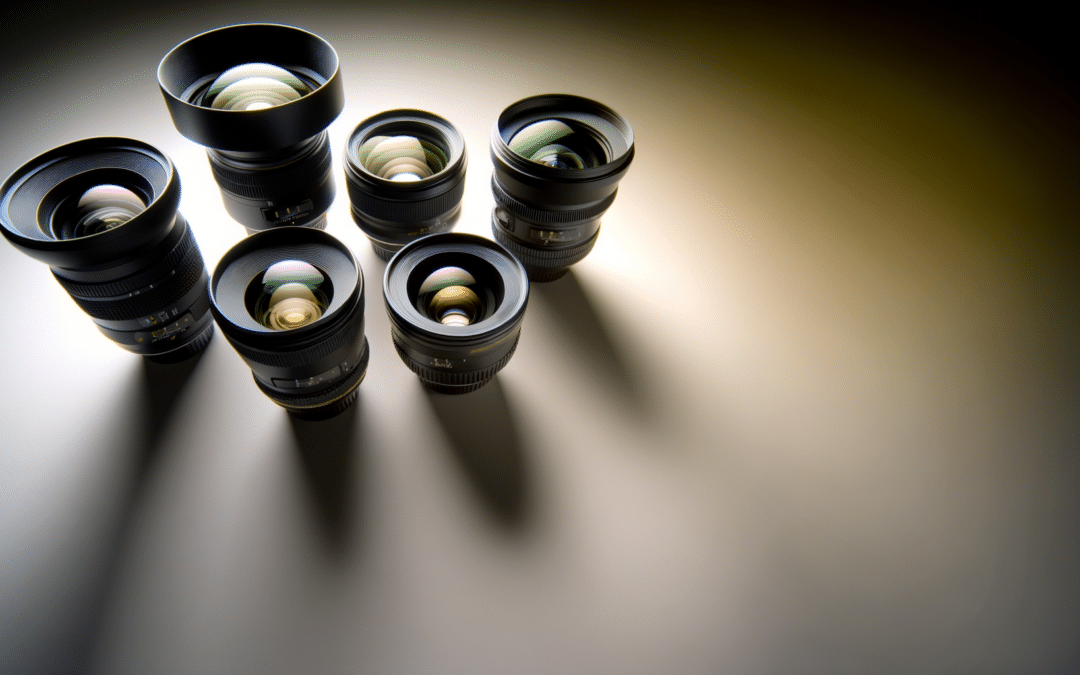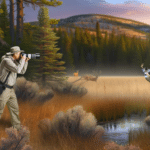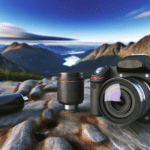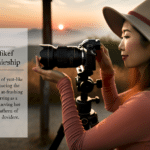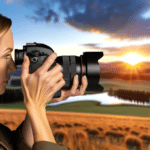The lens is a crucial component of a camera, significantly impacting image clarity, color, and detail. In contrast to fixed lenses on point-and-shoot cameras, DSLR cameras allow for interchangeable lenses, enhancing photography options. Understanding focal length is essential; it’s the distance between the lens’s optical center and the camera sensor, expressed in millimeters, and indicates the lens’s reach.
Lenses are categorized as prime, with a fixed focal length, or zoom, with a variable focal length. Prime lenses include standard, wide angle, macro, telephoto, and super telephoto, each suited for different subjects and scenes. Standard lenses capture images similar to the human eye and are versatile for everyday photography. Wide-angle lenses offer a broader view, ideal for group shots and landscapes. Telephoto lenses bring distant subjects closer, while super telephoto lenses are best for wildlife. Macro lenses excel in magnifying small subjects for close-up photography. Optical zoom alters the focal length to magnify the subject, as opposed to digital zoom, which simply crops and enlarges the image.
Choosing the right lens depends on the subject matter: standard lenses for general photography, wide-angle for groups and landscapes, telephoto for sports and action, and macro for detailed close-ups. Lenses may be small, but they are instrumental in capturing high-quality images. Zoe Shaw, a computer programmer and graphic designer, provides insights into the importance of selecting the appropriate lens for different photography needs.
Details: here
